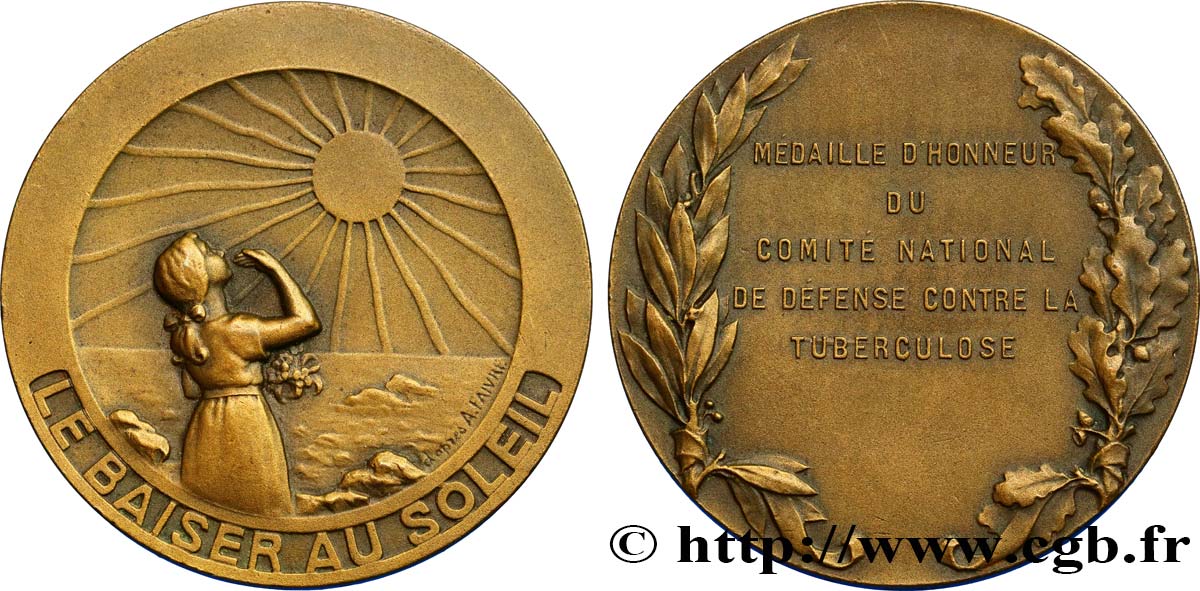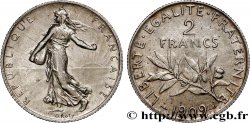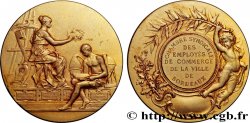E-auction 239-163051 - fme_412444 - III REPUBLIC Médaille Le baiser au Soleil
Чтобы принять участие в торгах, вы должны войти в систему и стать подтвержденным участником аукциона. Войдите, чтобы сделать ставку. Ваш аккаунт будет подтвержден в течение 48 часов. Не ждите до закрытия торгов, чтобы зарегистрироваться.Сделав ставку на данный товар, вы вступаете в юридическое соглашение на покупку выбранного товара и нажатием кнопки «Сделать ставку» подтверждаете принятие вами условий интернет-аукционов cgb.fr.
Ставка может бить сделана только в полном эквиваленте евро. Торги закроются согласно времени, указанному в описании товара, все ставки, сделанные после закрытия торгов, учитываться не будут. Не следует откладывать предложение вашей ставки до последнего момента, так как система может не успеть обработать вашу заявку, и ваша ставка не будет принята. Более детальную информацию вы найдёте здесь: FAQ по интернет-аукционам.
БЕСПЛАТНО.
БЕСПЛАТНО.
| Оценить : | 25 € |
| Цена : | 7 € |
| Максимальная предлагаемая цена : | 7 € |
| Конец торгов : | 13 November 2017 19:06:00 |
| Участников : | 5 Участников |
Тип Médaille Le baiser au Soleil
Дата: n.d.
Монетный двор / Город: France
Металл: bronze
Диаметр: 49 mm
Ориентация осей монеты: 12 h.
Гравер FAIVRE Abel (1867-1945)
Вес: 53 g.
Век: lisse + carré BRONZE
Комментарии о состоянии
Intéressante médaille avec une belle patine ancienne homogène
Лицевая сторона
Аверс: легенда: LE BAISER AU SOLEIL.
Аверс: описание: Jeune fille faisant un baiser au Soleil, la mer au second plan.
Обратная сторона
Реверс: легенда: MÉDAILLE D’HONNEUR / DU / COMITÉ NATIONAL / DE DÉFENSE CONTRE LA / TUBERCULOSE.
Реверс: Описание: Légende en cinq lignes entre deux branches de lauriers et de chêne.
Комментарий
Médaille signée au droite “D’aprés A. FAIVRE”.
Abel Faivre, né à Lyon, le 30 mars 1867 et mort à Nice le 13 août 1945, est un peintre, lithographe, illustrateur et caricaturiste français. Abel Faivre étudie pendant trois ans à l'École des beaux-arts de Lyon, puis à l'École des beaux-arts de Paris et à l'Académie Julian-de-Sartre auprès de Jules Lefebvre et Benjamin-Constant. Il a souvent exposé à la Société des artistes français et a été médaillé de 3e classe à l'Exposition universelle de 1894 puis médaillé d'honneur à l'Exposition de Lyon. Il a vécu et travaillé à La Croix-Valmer (Var), où un boulevard porte désormais son nom. Après avoir livré un grand nombre de dessins satiriques à L'Assiette au beurre, il est devenu célèbre par ses affiches de propagande pour soutenir l'effort de guerre français (1914-1918), dont celle de l'emprunt national de 1918 où il représente le Kaiser, tête baissée et tenant un glaive brisé, est chassé par les drapeaux des puissances alliées.
Il a également travaillé pour le journal humoristique Le Rire et pour Le Figaro.
Ses caricatures sont visibles au musée Jean-Jaurés à Castres.
.
Medal signed on the right “After A. FAIVRE”. Abel Faivre, born in Lyon on March 30, 1867 and died in Nice on August 13, 1945, was a French painter, lithographer, illustrator, and caricaturist. Abel Faivre studied for three years at the École des Beaux-Arts in Lyon, then at the École des Beaux-Arts in Paris and at the Académie Julian-de-Sartre with Jules Lefebvre and Benjamin-Constant. He often exhibited at the Société des Artistes Français and was awarded a 3rd class medal at the 1894 Universal Exhibition and then a medal of honor at the Lyon Exhibition. He lived and worked in La Croix-Valmer (Var), where a boulevard now bears his name. After producing a large number of satirical drawings for L'Assiette au beurre, he became famous for his propaganda posters supporting the French war effort (1914-1918), including the one for the 1918 national loan, in which he depicted the Kaiser, head bowed and holding a broken sword, being chased away by the flags of the Allied powers. He also worked for the humorous newspaper Le Rire and for Le Figaro. His caricatures can be seen at the Jean-Jaurés Museum in Castres.
Abel Faivre, né à Lyon, le 30 mars 1867 et mort à Nice le 13 août 1945, est un peintre, lithographe, illustrateur et caricaturiste français. Abel Faivre étudie pendant trois ans à l'École des beaux-arts de Lyon, puis à l'École des beaux-arts de Paris et à l'Académie Julian-de-Sartre auprès de Jules Lefebvre et Benjamin-Constant. Il a souvent exposé à la Société des artistes français et a été médaillé de 3e classe à l'Exposition universelle de 1894 puis médaillé d'honneur à l'Exposition de Lyon. Il a vécu et travaillé à La Croix-Valmer (Var), où un boulevard porte désormais son nom. Après avoir livré un grand nombre de dessins satiriques à L'Assiette au beurre, il est devenu célèbre par ses affiches de propagande pour soutenir l'effort de guerre français (1914-1918), dont celle de l'emprunt national de 1918 où il représente le Kaiser, tête baissée et tenant un glaive brisé, est chassé par les drapeaux des puissances alliées.
Il a également travaillé pour le journal humoristique Le Rire et pour Le Figaro.
Ses caricatures sont visibles au musée Jean-Jaurés à Castres.
.
Medal signed on the right “After A. FAIVRE”. Abel Faivre, born in Lyon on March 30, 1867 and died in Nice on August 13, 1945, was a French painter, lithographer, illustrator, and caricaturist. Abel Faivre studied for three years at the École des Beaux-Arts in Lyon, then at the École des Beaux-Arts in Paris and at the Académie Julian-de-Sartre with Jules Lefebvre and Benjamin-Constant. He often exhibited at the Société des Artistes Français and was awarded a 3rd class medal at the 1894 Universal Exhibition and then a medal of honor at the Lyon Exhibition. He lived and worked in La Croix-Valmer (Var), where a boulevard now bears his name. After producing a large number of satirical drawings for L'Assiette au beurre, he became famous for his propaganda posters supporting the French war effort (1914-1918), including the one for the 1918 national loan, in which he depicted the Kaiser, head bowed and holding a broken sword, being chased away by the flags of the Allied powers. He also worked for the humorous newspaper Le Rire and for Le Figaro. His caricatures can be seen at the Jean-Jaurés Museum in Castres.








 Cообщить об ошибке
Cообщить об ошибке Распечатать страницу
Распечатать страницу Отправить мой выбор
Отправить мой выбор Задать вопрос
Задать вопрос Consign / sell
Consign / sell
 Информация
Информация









